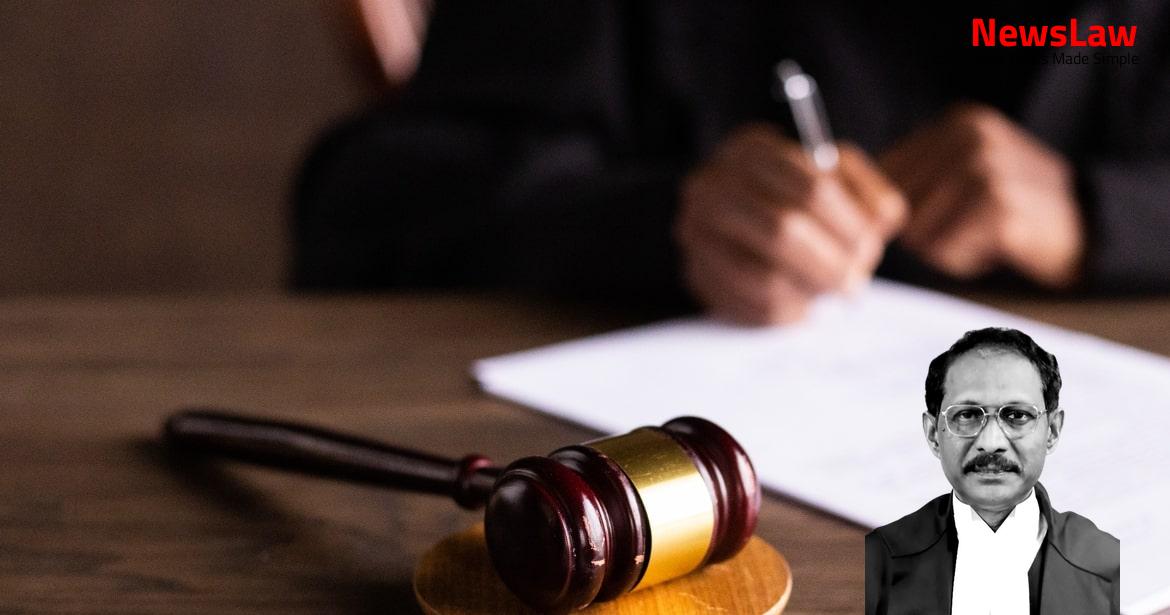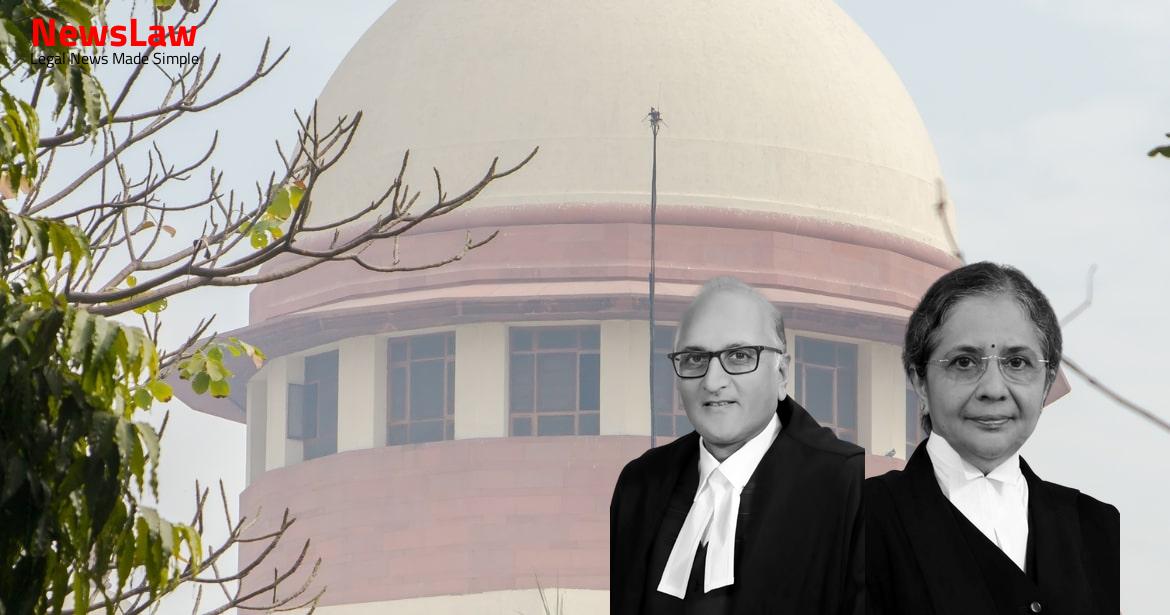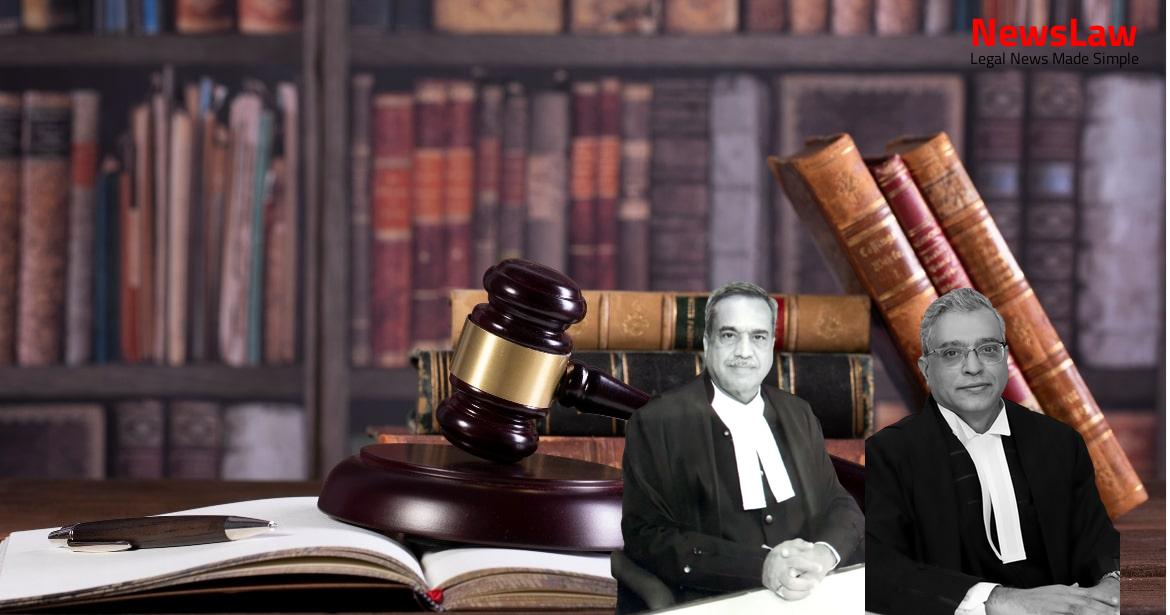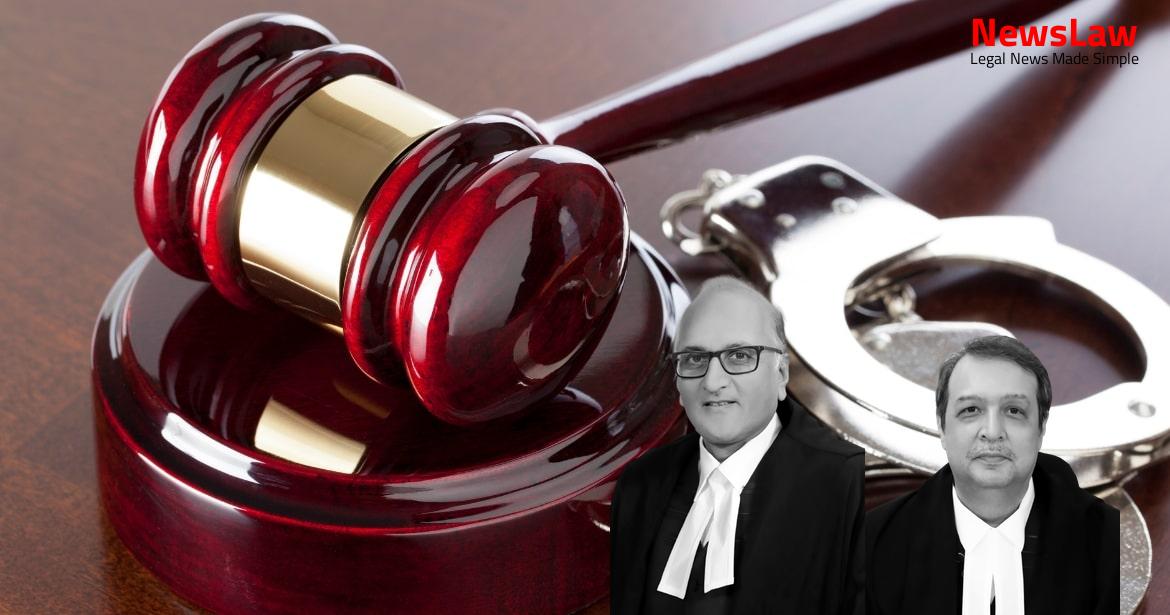The dispute between AFLEs and DFLEs regarding their merger has sparked a legal battle, with the CAT’s order from 26 May, 2008, and subsequent High Court intervention at the center. The courts’ legal analysis delves into the intricacies of the merger’s impact on terminal benefits and pensions for the parties involved. This case sheds light on the importance of clarity and consistency in legal judgments to ensure justice prevails in matters of administrative classifications and post-merger implications.
Facts
- The AFLE stream and DFLE stream had their promotion quota amended to 60:40 from the previous 50:50 ratio.
- The Cabinet Secretariat issued an order on 2 September, 2008, stating that the distinction between AFLEs and DFLEs remained until the official merger on 13 March, 2008, and thus the two cadres had not amalgamated post the operationalization of the 5th Central Pay Commission’s recommendations.
- There was a challenge filed in the Central Administrative Tribunal (CAT) against a footnote in a notification dated 13 March, 2008, as well as an order dated 2 September, 2008, by AFLEs along with others.
- The CAT order dated 26 May, 2008, indicated that the distinction between AFLEs and DFLEs had been removed from 1 January, 1996, as per the implementation of the 5th Central Pay Commission’s recommendations.
- A direction was given in the CAT order for the Cabinet Secretariat and DoPT to reconsider the merger of AFLEs and DFLEs within three months.
- In 1999, there was a reclassification of the AFLE post as Group ‘A’ based on Cabinet Secretariat’s order.
- A contempt petition filed before CAT in 2008 regarding the AFLE-Group ‘A’ reclassification was observed in favor due to unchallenged past directions.
- Pay-scale revision for AFLEs in January 1999 to match DFLE levels from 1 January, 1996, per 5th Central Pay Commission’s recommendations.
- Amendments in 2001 to equalize residency period for promotion to Under Secretary (Language) post for AFLEs and DFLEs.
- A footnote in the Recruitment Rules stipulated that the merger should not impact the career prospects of DFLEs until their promotion to Under Secretary (Language).
- Litigation regarding vacancies in the Under Secretary (Language) post was ongoing before CAT.
- Joining and promotion details of the appellants who were Interpreters turned AFLEs during 1985-1990.
- First recruitment of DFLEs in 1999.
- A fresh order was to be passed considering observations from the CAT order of May 2008.
- In 2002, due to DFLEs’ non-eligibility for promotion, vacancies moved to AFLE candidates as recommended by DoPT based on similarities between the two posts.
- The merger of AFLE and DFLE posts into Senior Interpreter was finalized in the 13 March, 2008 notification, with the next promotion level being Under Secretary (Language).
- The original application was allowed by the learned CAT, quashing the order dated 2 September, 2008
- The CAT directed to pass a speaking order within two months as per its observations in the order dated 26 May, 2008
- Union of India filed a writ petition in the High Court against the CAT’s order
- The High Court, in its judgment dated 18 April, 2012, set aside the CAT’s order of 7 July, 2010
Also Read: Presumption of Genuine Endorsements in Cheque Case
Arguments
- Shri Vikramjit Banerjee argued that the CAT was wrong in applying the Notification dated 13 March 2008 retrospectively.
- Mr. Sharma pointed out that both AFLEs and DFLEs had similar roles, pay scales, and classification, making further classification based on birthmarks illegal.
- Mr. Sharma also highlighted that the order of the Cabinet Secretariat dated 2 September 2008 went against the directives of the CAT issued on 26 May 2008.
- He argued that reopening the CAT’s judgment by the High Court was unjustified, especially when the issue of merger had been previously settled by the CAT and had gained finality.
- It was emphasized that the Notification ensured no adverse impact on the career prospects of existing direct recruits after the merger of AFLEs and DFLEs, as mentioned in a footnote.
- Mr. Sharma referenced the case of B. Manmad Reddy vs Chandra Prakash Reddy to support his arguments.
- The CAT’s order from 7 July 2010, which directed the implementation of the order dated 26 May 2008, was the subject of appeal before the High Court, and there was no valid reason for the High Court to intervene.
- The issue is restricted to terminal benefits and pensions for the three appellants.
- The appellants are willing to forgo their claim for arrears.
- Mr. Sharma, learned counsel, has acknowledged this on behalf of the appellants.
Also Read: Medical Negligence and Compensation: A Landmark Decision
Analysis
- The appellants have superannuated, making the question of law raised by the parties unnecessary to consider.
- All appellants have capped their claim in the present appeal to terminal benefits and pensions only.
Also Read: Remand of Writ Petition for Restoration and Decision on Merits
Decision
- The pension will be paid to the appellants from 1 January 2023.
- Terminal benefits will be cleared on or before 31 December 2022.
- No costs ordered.
- Terminal benefits to be calculated based on the orders from the learned CAT in 2008 and 2010 as they have attained finality.
- Appellants not entitled to arrears of pension from their superannuation date till 31 December 2022.
- Appellants entitled to 6% interest on terminal benefits from superannuation date until actual payment.
- Pending applications, if any, are disposed of.
Case Title: R.D. KAUSHAL Vs. UNION OF INDIA (2022 INSC 962)
Case Number: C.A. No.-006573-006573 / 2022



